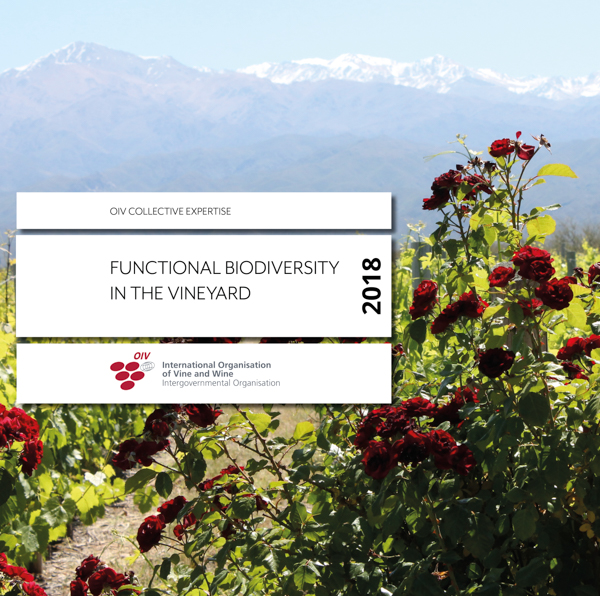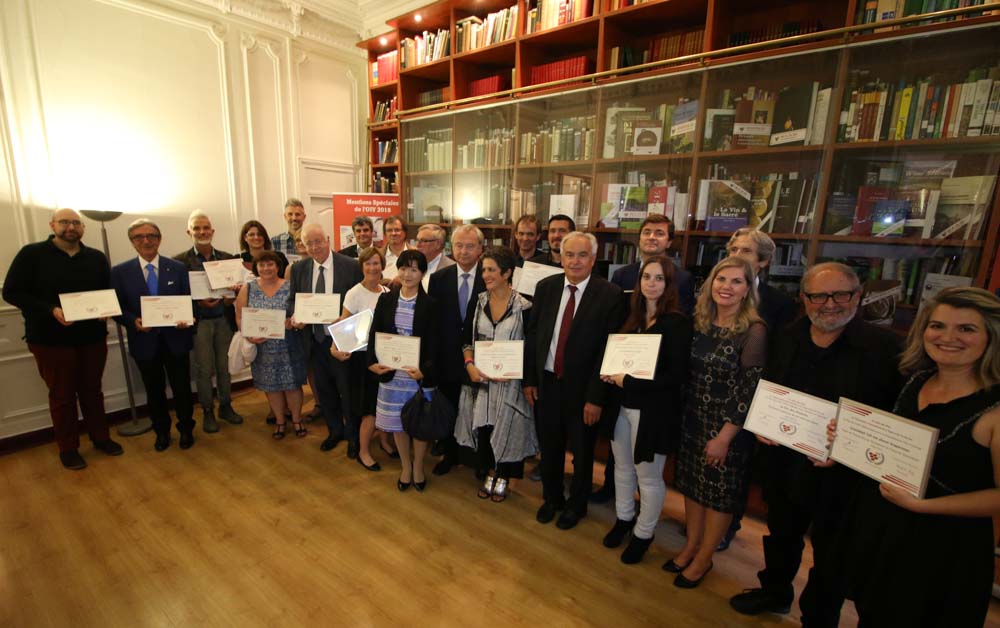
Pau Roca has been a Spanish delegate to the OIV since 1992 and was President of the “Law and Consumer Information” (DROCON) Expert Group between 2010 and 2016, as well as Vice-President of the “Sustainable Development and Climate Change” Expert Group between 2016 and 2018.
A Francophone and Anglophone polyglot, Pau Roca has specific, in-depth knowledge of the global vitivinicultural sector and expertise acquired at the head of the Spanish Wine Federation (FEV), which he managed for over 20 years.
The new Director General has had a diversified professional career, having gained experience in the olive oil sector and started out in scientific research in oceanography.
With the President of the Organisation, Regina Vanderlinde, the new OIV Director General already has a meeting scheduled with the Organising Committee of the 42nd World Congress of Vine and Wine, in addition to a visit to the site for the Congress in Switzerland. This week will also be an opportunity to present the OIV’s commitments for 2019 to representatives from the Diplomatic Corps, administrations and professionals in the vitivinicultural sector.


The new OIV collective expertise report “Functional biodiversity in the vineyard” presents an overview about functional biodiversity in vineyards and tries to illustrate the major aspects of functional biodiversity in the viticultural sector as:
- Why enhancement of biodiversity and on what extent is beneficial for the vineyard?
- Identify and illustrate different ecological infrastructures existing in the vineyards;
- Identify and illustrate major mechanisms of interactions between species or group of species;
- Identify and illustrate how these interactions can be used for the benefit of the vineyard.
This document has been drafted in the framework of Commission Viticulture (ENVIRO group: «Sustainable development and climate change») and may be consulted here.


Each year, the OIV calls upon the skills of numerous people and specialists from around the world to read and evaluate submissions on vine and wine according to specific criteria for the OIV Awards.
Each work is evaluated by several readers of different nationalities.
Would you like to be one of our reader-evaluators?
Or have you already been a reader for the OIV Awards and would like to do it again?
Contact the OIV Award Jury Secretariat at jurydesprix@oiv.int before 28 February 2019.
Important note: If you are an author, contributor or coordinator of a work presented for the OIV Awards in 2019, you cannot evaluate another submission.
If your profile (profession, nationality, working language(s), skills, specialities, etc.) meet the requirements to evaluate one or several works, the Award Jury Secretariat will contact you by email in March 2019.
